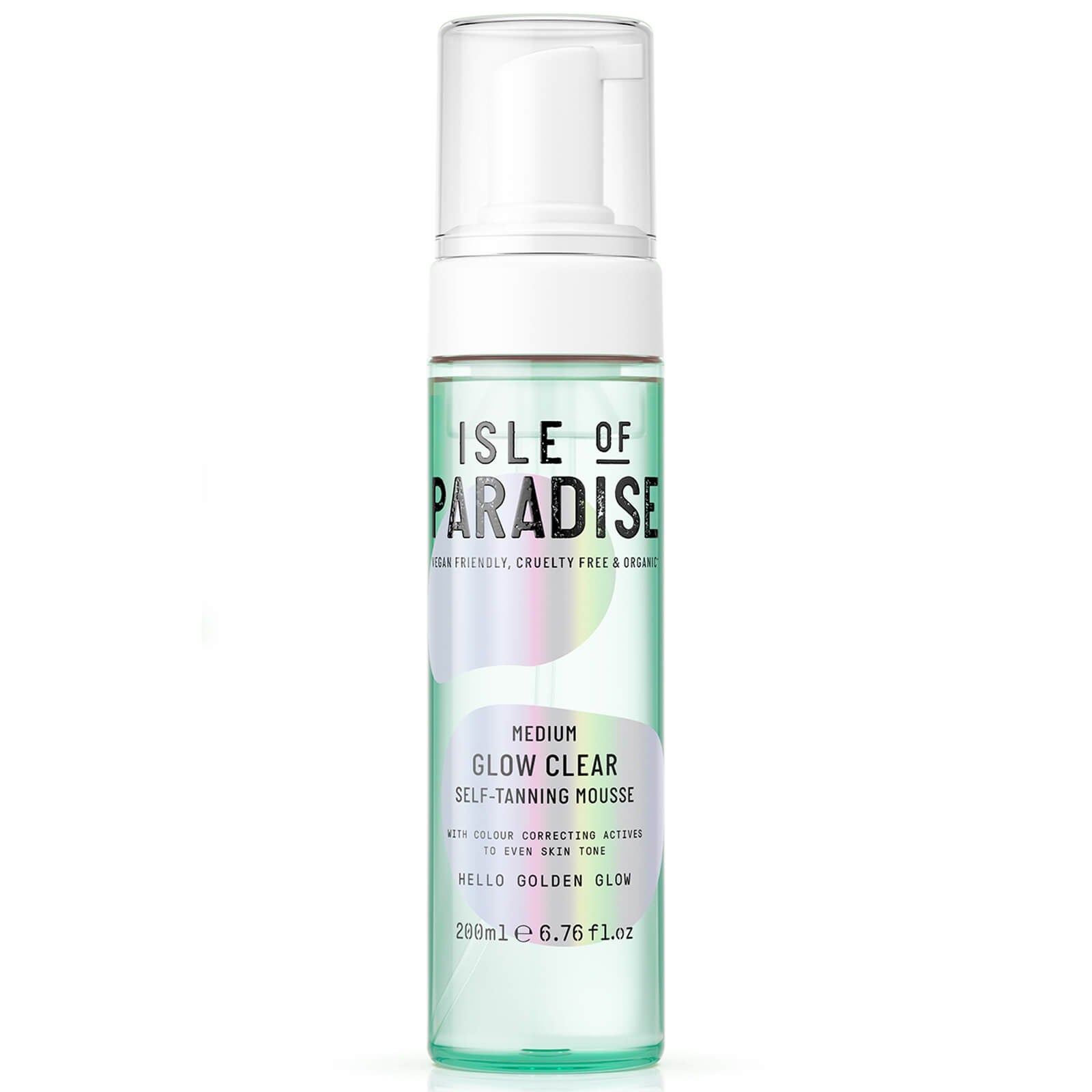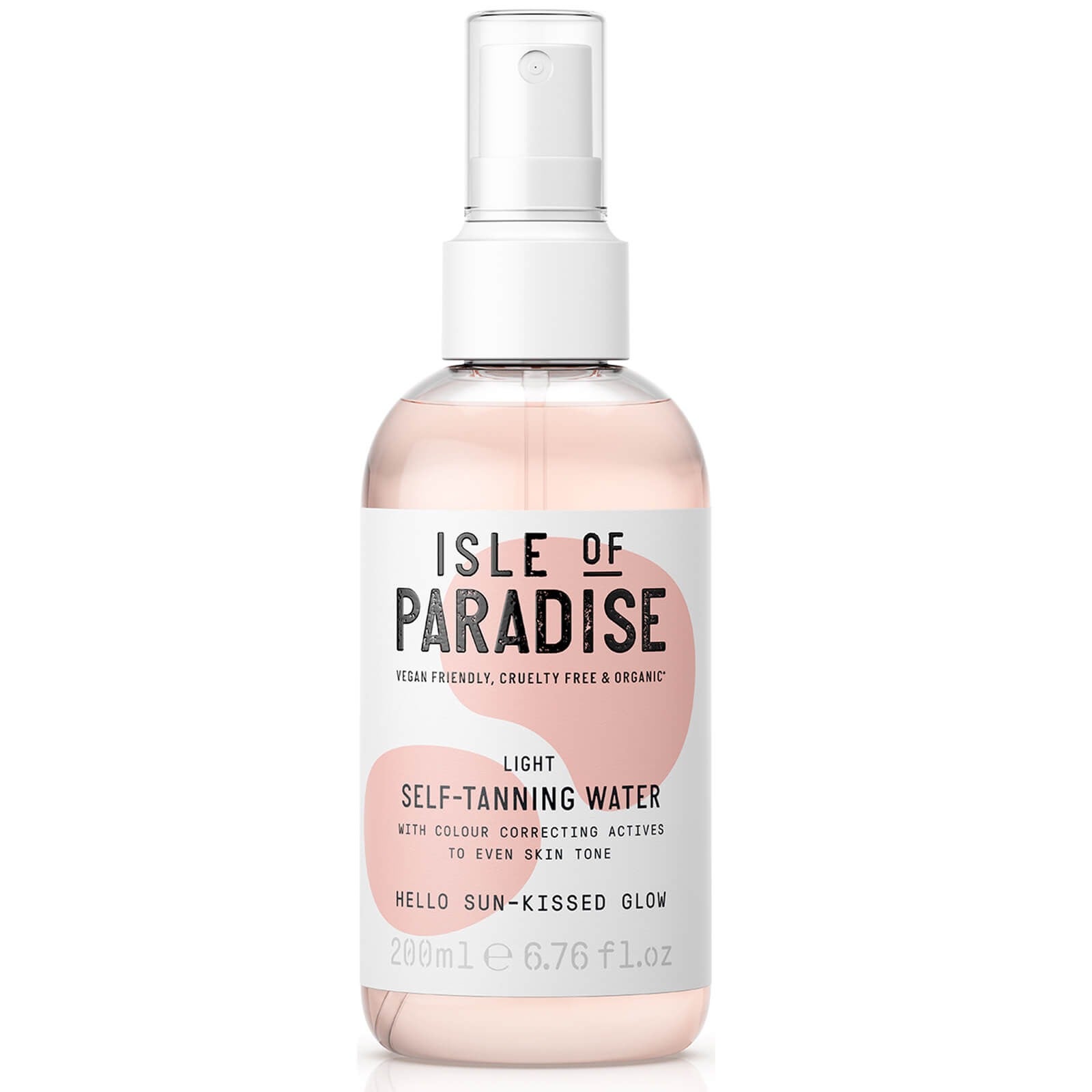How To Fix All Your Awkward Self-Tan Mistakes
Photographed by Rockie Nolan.
No matter how long you've been practicing the art of self-tanning, mistakes are inevitable. As much as we hate to admit it, orange streaks, muddy elbows, and awkward stains in between your fingers and toes are all a part of the process. So, what do you do when it happens to you?
Self-tan mistakes are unfortunate, but not permanent. If you're panicking because your orange fingers make it seem like your diet consists of — and only of — Cheesy Wotsits, we've got a solution for you. Thanks to Isle of Paradise founder Jules Von Hep, we've compiled a list of all the worst self-tan mistakes and how to fix them. Read his advice, ahead.
AdvertisementADVERTISEMENT
I used too much self-tan — now what?
Von Hep assures us that, yes, you can get too glowy; but, no, you don't have to over-scrub to tone it down. "Over-scrubbing will result in sensitive skin and patchiness," he explains. He suggests using your usual body scrub and adding about one drop (two, at most) of a body oil. Gently rub the mixture on your skin and repeat until you feel good about the level of glow.
How can I even out self-tan patches?
"If your tan has developed a bit patchy and needs a quick fix, grab a product made with glycolic acid," advises Von Hep. "Glycolic acid helps to strip your tan without harming your skin." Luckily, most self-tan removers utilise the exfoliating ingredient to safely fade old or patchy tanning formulas.
Von Hep reminds us that you can avoid patches completely by prepping your body before smoothing on self-tan. "Prep is just as important as the product you use," he says. "Make sure you take the time to exfoliate beforehand. Dry skin soaks up extra product, which can cause patches."
How do I avoid my self-tan turning orange?
Turning orange isn't always your fault. Sometimes, it's the formula. When a self-tan is formulated with too much dihydroxyacetone (DHA) — the colourless chemical that reacts with the amino acids in your skin to produce a temporary pigment — it can develop with an unsavoury orange tint that looks unnatural. Avoid this by patch-testing before buying and using a product. Von Hep recommends colourless self-tan that also includes colour-correcting actives that are there to boost your natural complexion as opposed to dye it orange.
AdvertisementADVERTISEMENT
Why are my hands developing darker than the rest of my body?
"Hands tend to be a bit tricky as they can really absorb excess product, which makes them develop darker than the rest of your skin," he says. The solution: Buff the palms of your hands, between your fingers, and around the fingernails before and after putting on your self-tan. Immediately after you smooth on the tan, add a quarter-sized amount of moisturiser to the bottoms of your palms and inner wrist, and blend out for a flawless glow. If your wrists begin to develop with a muddy colour, Von Hep suggests rubbing a towel in between your wrists to remove excess tan.
I've got major streaks — how do I fix them?
"The best way to fix self-tan streaks without removing your entire tan is to use a gentle body exfoliator on the areas where you have too much pigment," says Von Hep.
shop 5 products
How can I tan my back — and every other awkward area — without it looking splotchy?
Sure, tanning your back — and other hard-to-reach areas — is easy when you have a pro spraying you in a tent, but what happens when you're alone? Although Von Hep's suggestion is unconventional, it works. He says to go in your kitchen, grab a wooden spoon, and attach a self-tan mitt to it with a rubber band to cover those awkward areas.
Sound too complicated? Von Hep says an alternative to using a cooking utensil is opting for a tanning water instead. In that case, he says to just lean forward and spray above the back. Bonus: Most of these sprays are clear self-tan, so you don't have to worry about a guide colour staining your surroundings if this method gets a little messy.
AdvertisementADVERTISEMENT
Photographed by Rockie Nolan.
What should I do if self-tan stained my nails?
"The best way to avoid orange nails is to use a tanning mitt and avoid contact all together," says Von Hep. To make the process even more foolproof, he suggests rubbing a thin layer of lip balm on your nails to create a barrier that can easily be wiped away, along with any excess product that may have left stains.
My elbows and knees are looking streaky. What went wrong?
"Discolouration in those drier areas of your body is often caused by too much product absorbing into the skin," says Von Hep. "Start with ensuring that you're properly moisturised ahead of self-tanning. If you’ve already self-tanned and spot the problem on your elbows, ankles, neck, or knees, your best bet is to go in and lightly exfoliate the skin until it evens out to match the rest of your body."
How do I keep my self-tan from fading unevenly?
Just because you made it through the self-tanning process without a stain or streak in sight, doesn't mean your work is done. Self-tan — like tattoos and piercings — has an after-care routine. The only way to keep the perfect glow from fading at an uneven and awkward rate is to keep it hydrated. Don't forget: Use an oil-free moisturiser. You may consider your go-to the best body lotion, ever, but if it includes oils it will break down the DHA and you can kiss that seamless glow goodbye.
Refinery29's selection is purely editorial and independently chosen – we only feature items we love! As part of our business model we do work with affiliates; if you directly purchase something from a link on this article, we may earn a small amount of commission. Transparency is important to us at Refinery29, if you have any questions please reach out to us.
AdvertisementADVERTISEMENT











